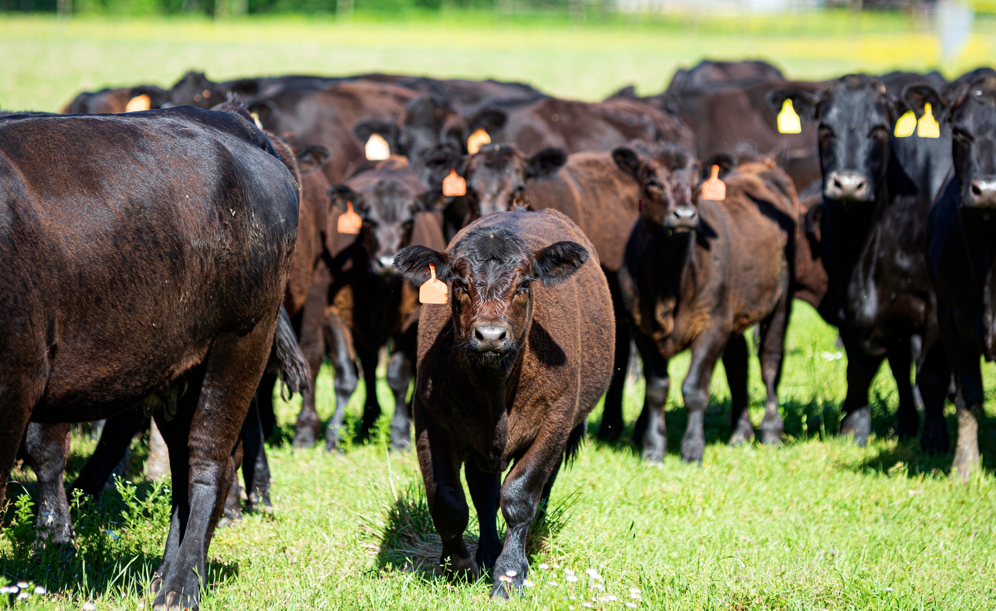Reproduction
-

Pedro Fontes, Ph.D. – There have been considerable improvements in sexed semen products over the years and producers have been taking advantage of this technology. This short article provides answers to some of the most frequently asked questions regarding the use of sexed semen in beef cattle.
-

Pedro L. P. Fontes, Vitor R. G. Mercadante, and Reinaldo F. Cooke – Maximizing fertility during the breeding season can have a significant impact in the profitability of both commercial and seedstock herds. As the breeding season approaches for spring breeding herds, this article will discuss the use of fat supplements and their impacts on…
-

Dr. Pedro Fontes -Sire over conditioning is a common phenotype observed in the beef industry. In this article, Dr. Fontes will discuss the implications of sire over conditioning on semen quality and fertility in beef bulls.
-

Brent Credille, DVM, PhD, DACVIM -Producer-level surveys of cow-calf operations across the country have shown that a minority of herds adopt management practices that promote herd efficiency and profitability. The easiest way to improve herd profitability is to focus on optimizing herd efficiency. The goal of this article is to provide producers with management practices…
-

Pedro Fontes, Ph.D. -Like other assisted reproductive technologies utilized in the beef industry, the main goal of embryo transfer programs is to maximize the genetic merit of the herd. There are two main approaches utilized in the beef industry to produce embryos: (1) In vivo and (2) in vitro embryo production. In this article, Dr.…
-

Pedro Fontes, Ph.D. One of the most important management practices for a cow-calf operation is the establishment of a controlled breeding season. There are a number of benefits that producers miss out on when they fail to adopt a controlled breeding season, benefits that will be discussed in this article.